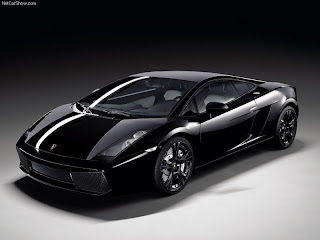This is the Honda HSV-010, which is the next generation Honda's super car and the successor of NSX. It's powered by a low displacement 3.4 litre V8 with a maximum output of over 500hp. This powerful engine sounds like Formula 1 cars. The HSV-010 is designed for super GT series in Japan, especially to compete its competitor Nissan GTR.
On October 23, 2009, Honda officially announced the end of the mid-engine NSX Super GT's participation in Super GT racing due to new Super GT regulations that allowed the use of only front engine, rear drive cars. On November 15, 2009, Honda announced that, despite withdrawing the NSX from Super GT competition, it would campaign a car for the 2010 season. Honda revealed that the car it would be based on the cancelled 'New NSX' production vehicle. It is reported that although the Super GT normally requires racing vehicles to be based on production cars, the use of a production-ready car is also allowed.
Then, on December 22, 2009, Honda announced the HSV-010 GT as the successor to the NSX Super GT in the Super GT series. Unlike typical Super GT cars, the vehicle is not based on any production vehicle that is made available to purchase by the general public.


Resource: http://www.topspeed.com/cars/honda/2010-honda-hsv-010-gt-ar83144.html; http://www.topgear.com/uk/car-news/honda-hsv-010-gt500-2010-01-18







































